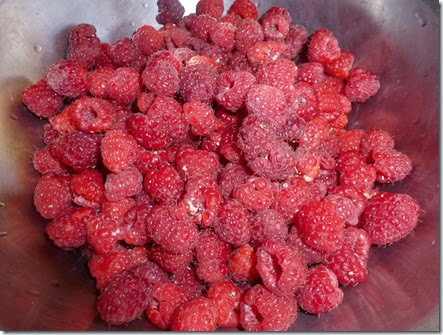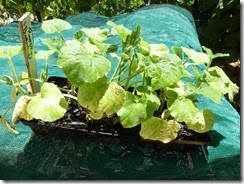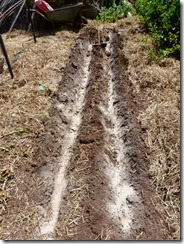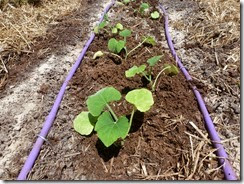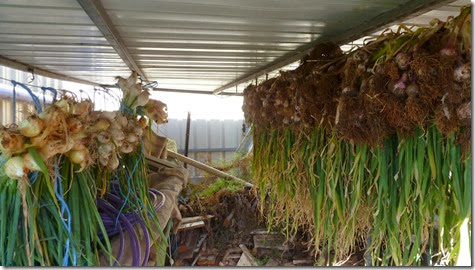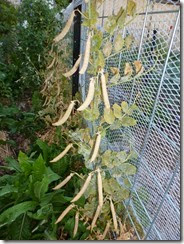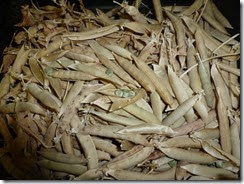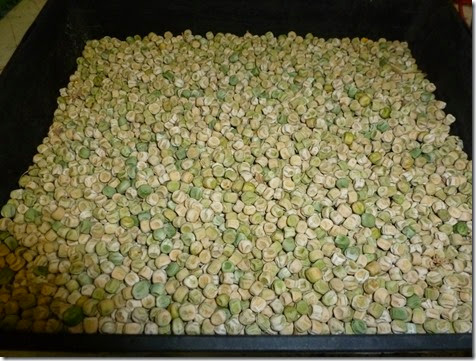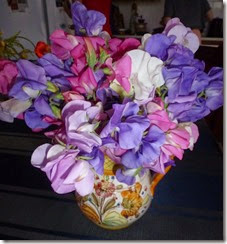It’s been three months since we’ve had any useful rainfall so thunderstorms in November are my last chance to re-invigorate the garden with that magic that only real rain can work on growing plants. With lightning crackling all over the sky, interspersed with sudden intense showers, yesterday was a day spent in the shed doing odd jobs.
Immediately (it seemed) the raspberries chose that moment to ripen their heavy burden of fruit; these will be added to fruit salads, morning muesli and the freezer for fruit ice-cream throughout the year. Raspberry harvest will continue for the next month.
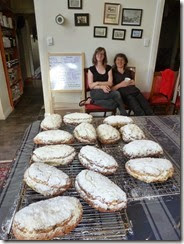 Up in the kitchen the rest of the family is baking more than three hundred ‘Stollen’ (German Christmas cakes) using the family’s secret recipe, passed down for generations on the cook’s mother’s side. This money-making enterprise is destined to grace the family stall at the Christkindlmarkt in Hahndorf a week or so before Christmas, right around that critical moment when three generations celebrate birthdays: 60 (soon-to-be Oma), 30 (soon-to-be father), 0 (soon-to-be grand-daughter). Just the usual chaos…
Up in the kitchen the rest of the family is baking more than three hundred ‘Stollen’ (German Christmas cakes) using the family’s secret recipe, passed down for generations on the cook’s mother’s side. This money-making enterprise is destined to grace the family stall at the Christkindlmarkt in Hahndorf a week or so before Christmas, right around that critical moment when three generations celebrate birthdays: 60 (soon-to-be Oma), 30 (soon-to-be father), 0 (soon-to-be grand-daughter). Just the usual chaos…
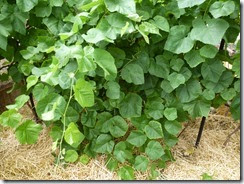 For the gardener, now working single-handedly to sort out all the usual Spring chaos, danger flares with this rainfall; grapevine fungal diseases such as powdery and downy mildew love these conditions of high humidity, 10 mm of rainfall within 24 hours, and wet leaves. As this is an organic garden, I avoid chemical sprays. The best I can do at short notice is to trim off low-hanging canes that are most likely to be infected by rain-spattering of zoospores from the mulch up onto low leaves. Now I wait.
For the gardener, now working single-handedly to sort out all the usual Spring chaos, danger flares with this rainfall; grapevine fungal diseases such as powdery and downy mildew love these conditions of high humidity, 10 mm of rainfall within 24 hours, and wet leaves. As this is an organic garden, I avoid chemical sprays. The best I can do at short notice is to trim off low-hanging canes that are most likely to be infected by rain-spattering of zoospores from the mulch up onto low leaves. Now I wait.
Ah well, I’d hate the table-grape crop to fail, but it will be a bumper year for peaches and those fabulous raspberries…thunderstorms are a one-way blessing for them.

